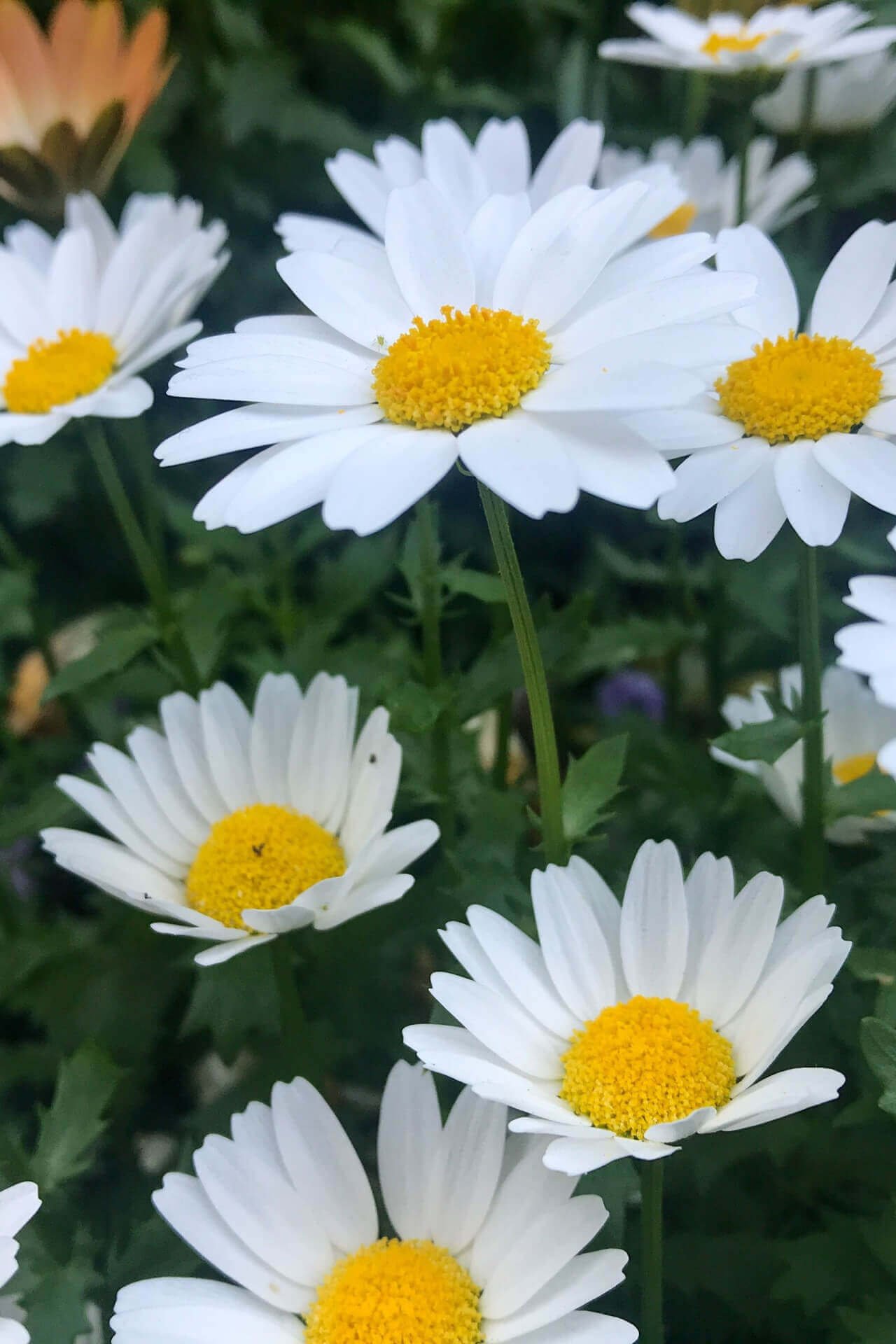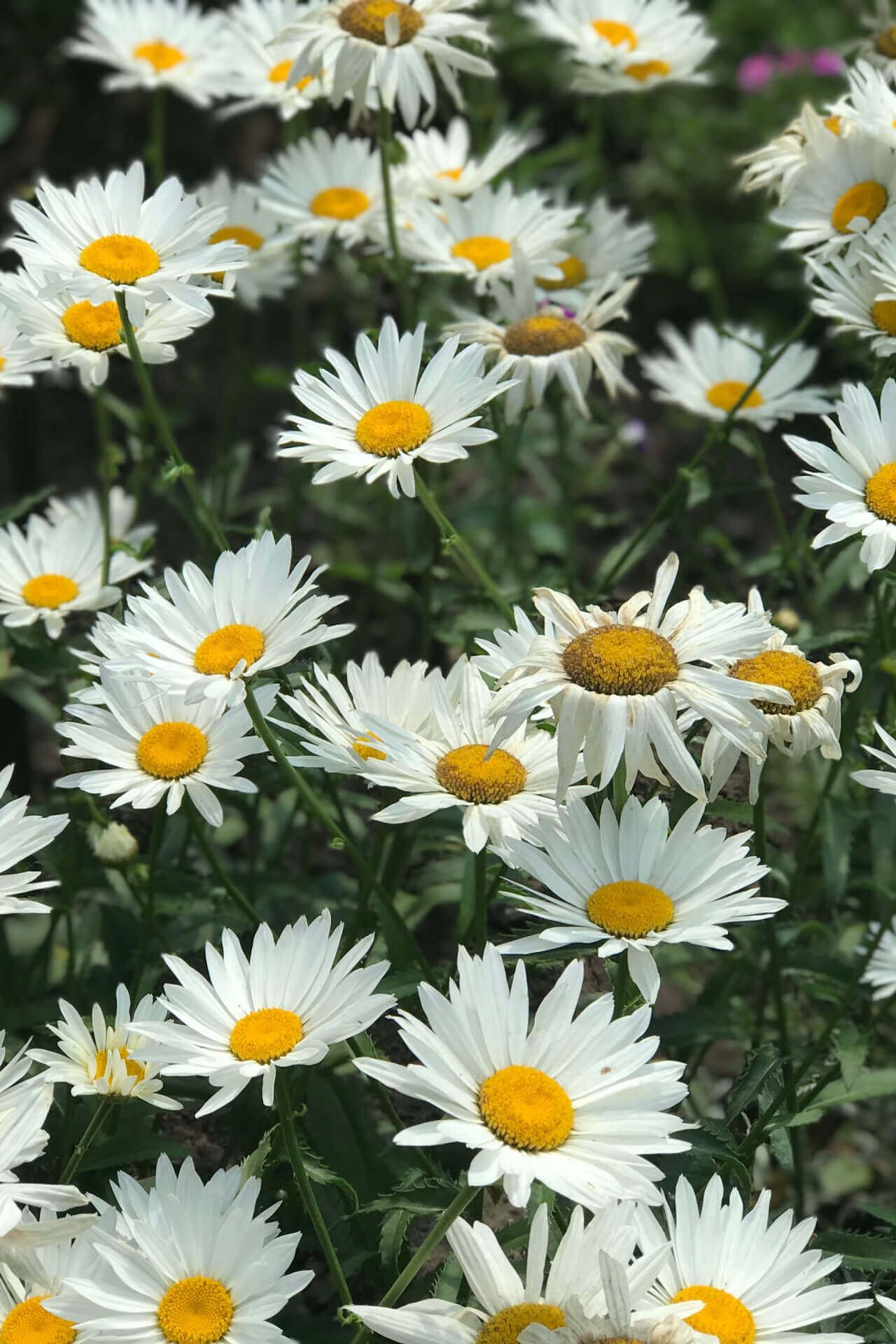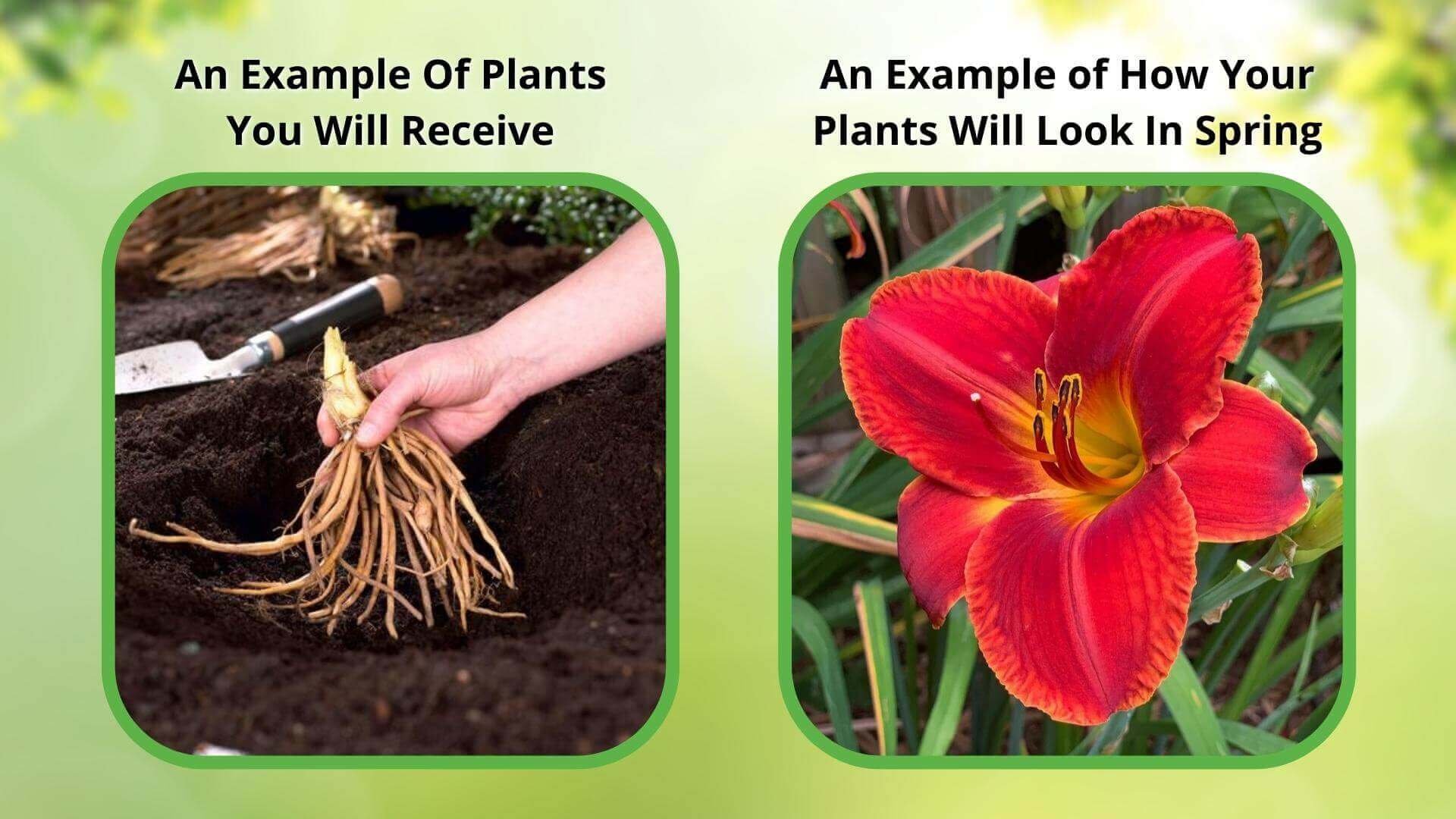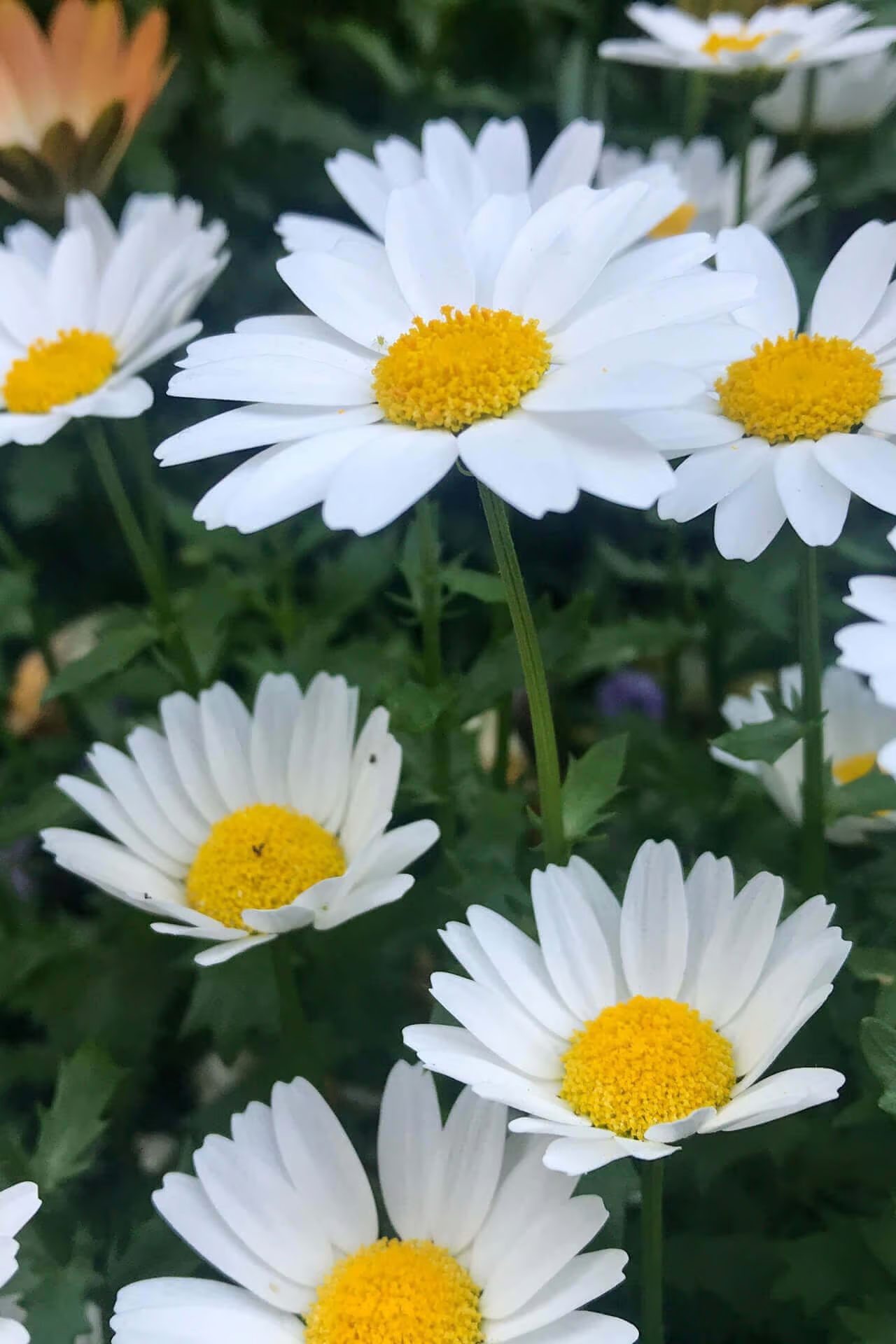



Shasta Daisy
Long-lasting flowers throughout summer
Attracts butterflies and pollinators
Versatile in various garden settings
Thrives in
ZONE 4ZONE 5ZONE 6ZONE 7ZONE 8ZONE 9This plant ships:
Ships Week of May 19th1 Year Guarantee on all plants
Shasta Daisy - Leucanthemum × superbum
The Shasta daisy is a delicate, lovely flower that was named for Mt. Shasta in California where the plant was cultivated. Its snow-white petals match Mt. Shasta’s snowy peaks. This flower is commonly found across the United States, despite being native to Europe and temperate regions in Asia. The silky petals and soft yellow center are immediately recognizable, and gorgeous at every turn.
Plant Details - Shasta Daisy
Family: Asteraceae
Light Requirement: Full sun, Partial shade
Water Needs: Low
Height: 1-4 ft
Spread: 1-2 ft
Growth Rate: Moderate - Fast
Soil Preference: Moist, Well-drained, Clay, Loam, Sand
Bloom Time: Summer - Early fall
Flower Color: White
Wildlife Value: Butterflies
Notable Characteristics - Shasta Daisy
The Shasta Daisy is a 21 petaled flower whose thin, white petals have two overlapped rows. The petals are clustered tightly around a fluffy yellow center containing pollen. The narrow, oblong leaves are a deep green with toothy edges along the sides. The wide, eye-catching blooms are common in cut flower gardens and spread just as easily as native daisies despite their non-native status. These flowers can be distinguished from native daisy varieties by their shorter petals and flat, yellow center, ringed with light green.
Landscape and Maintenance
These sunny, cheerful blossoms are an undemanding plant which can thrive in many climatic areas. The flowers bloom from summer to early fall, and will charm any corner of your gardenscape with their lush foliage during the rest of the year. The Shasta Daisy prefers moist, well-drained soil but is happy in clay, loam, or sandy soil. The blooms are attractive to butterflies which help with pollination, and the seeds are dispersed through animals, running water, wind, and even in mud carried around on shoes. These beautiful blossoms may be common, but their beauty is anything but. It would be a classic, eye-catching addition to any wildflower garden.
This Is How Your Plants Will Look upon Delivery

Bloom Season
Summer
Bloom/Foliage Color
White
Height at Maturity
Over 12"
Care
Shasta Daisies thrive in well-drained soil and require regular watering. Deadhead spent blooms to encourage continuous flowering. Fertilize early spring and cut back in fall to maintain plant health and vigor.
Plant Reproduction
Shasta Daisies spread underground through rhizomes, which can quickly increase the size of the clump
Shipping date depends on the date displayed and chosen when you order from the product's page.
We only accept returns on plants verified dead. If you think your plants have died, we offer a 1 year warranty, please use this File a Claim Link to verify dead plants and start with return warranty process.






Attracts Pollinators:
Its bright blooms draw bees and butterflies, enhancing the overall health and activity in your garden.
Long-Lasting Flowers:
Enjoy extended blooming periods from early summer to fall, providing continuous color and beauty.
Versatile Planting:
Shasta Daisy thrives in various soil types and sun conditions, fitting well in diverse garden settings.
Bright, Cheerful Blooms:
Shasta Daisy’s classic white flowers with golden centers add a fresh and vibrant look to any garden.
Caring Tips
How do I care for my Shasta Daisy?
Each box contains detailed care instructions and information about your product. But here's the basics.
Care Tips
Shasta Daisies thrive in well-drained soil and require regular watering. Deadhead spent blooms to encourage continuous flowering. Fertilize early spring and cut back in fall to maintain plant health and vigor.
Light Requirements
Shasta Daisy thrives in full sun to partial shade. For optimal blooming, it needs at least 6 hours of plain daylight daily, though it can tolerate some afternoon shade. Adequate sunlight promotes vigorous growth and abundant flowering.
Hardy Planting Zones
4 • 5 • 6 • 7 • 8 • 9
Header
Use this content to share information about your store and products.
Frequently Asked Questions
How often should I water my plants?
How do I know if my plant is getting too much or too little sunlight?
What should I do to prepare my plants for winter?
What are the signs that my plant needs fertilizing?
How can I prevent pests from damaging my plants?
How do I choose the right plant for my climate zone?






